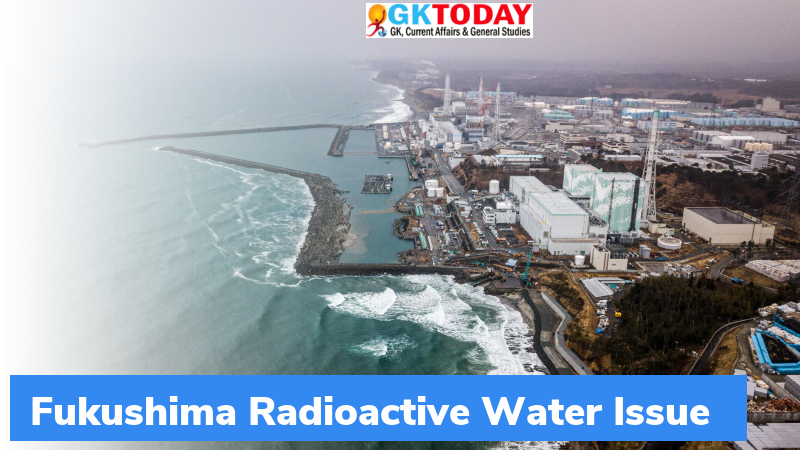What is Fukushima water plan?
On February 14, 2022, An International Atomic Energy Agency (IAEA) taskforce started mission in Japan for reviewing controversial planned release of treated water from Fukushima nuclear plant into the ocean.
Highlights
- Since the Fukushima nuclear plant went into meltdown after a tsunami in 2011, about a million tonnes of processed water has accumulated in tanks at crippled plant. Storage space at the plant is running out.
- According to Japan, the plan to dilute and release water over several decades is safe because, an extensive pumping and filtration system removes most radioactive elements.
- IAEA has also endorsed the release and says it similar to disposal of wastewater at nuclear plants at other sites.
What are the concerns then?
Plan adopted by the Japan in April 2021, which is expected to start by March 2023, is being questioned by neighbouring countries over environmental and safety concerns. It also generated opposition from local fishing communities as they fear this plan will undermine years of work to restore confidence in their seafood. Furthermore, filtration process removes most radioactive elements from water, however some elements like tritium remain. Tritium is only harmful to humans in large doses.
IAEA’s mission
IAEA will now conduct a mission for reviewing the action, data, plans, and relevant documents, for assessing their compliance against provisions included in international safety standards. IAEA taskforce would be scrutinising elements including “radiological characterisation of water to be discharged” and its impact on people and environment.
Fukushima Daiichi Nuclear Power Plant
Fukushima Nuclear Plant is a disabled nuclear power plant located in towns of Okuma and Futaba in Japan, on a 3.5-square-kilometre site. The plant suffered major damage from magnitude 9.0 earthquake and tsunami in Japan on March 11, 2011. These events caused radiation leaks, permanently damaged several reactors and made them impossible to restart. By political decision, remaining reactors were not restarted.
When was it commissioned?
Fukushima Nuclear Power Plant was first commissioned in 1971. It consists of six boiling water reactors. These are light water reactors and drove electrical generators with combined power of 4.7 GWe. Thus, Fukushima was one of the 15 largest nuclear power stations worldwide. Fukushima was the first nuclear plant to be designed, constructed, and run, in collaboration with Tokyo Electric Power Company (TEPCO) and General Electric.
Month: Current Affairs - February, 2022
Category: International / World Current Affairs








